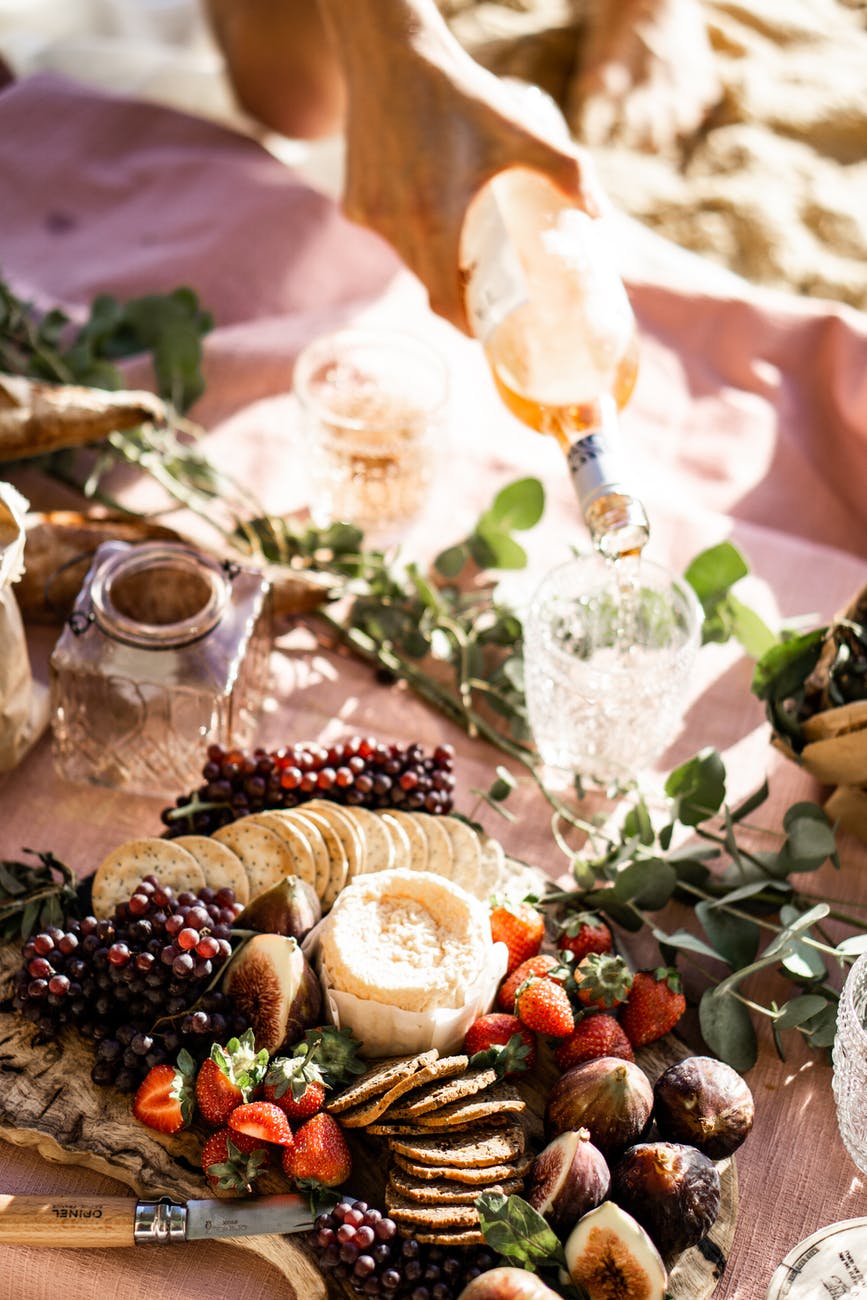For Foodies

Talking about snacks… Welcome to “arancini”. Grated orange peel has been used in cuisine for centuries due to the aroma that it gives to food, it is indispensable in the preparation of numerous cakes, and can also be eaten on its own, cooked, dried and sugared as a special tasty sweet snack called arancini (candied orange peel).
These tasty snacks are prepared from unsprayed local oranges, and the thicker the skin they have means that the arancini will be more delicious. The well washed and peeled orange skins are sliced into thin strips which are then soaked for several days in water which is regularly changed. The peel is then drained and placed to boil until they soften. The soaking and later boiling are used in order to bring out the characteristic bitterness of the peel, and the addition of sugar and cooking until all the liquid evaporates results in a thick sweet syrup which excellently complements the mild acidity of the peel of this citrus fruit. When they are finished, the peels are spread out on baking paper covered with granulated sugar and rolled in it and then left to dry for several days.
Arancini are characteristic sweets for the winter holiday period when the juicy fruits of sweet or bitter oranges ripen. Laden fruit trees are a frequent sight in Mediterranean countries so some form of these snacks can also be found in neighbouring Italy, and in Croatia it is particularly popular in Dalmatia and the region of Dubrovnik where lavish orange trees often adorn the city’s gardens.
Apart from being excellent by themselves, arancini also go perfectly with chocolate desserts, and it is possible to chop them up and use them in the preparation of sponge cake. With the increase in the popularity of cocktails, arancini are also used as an edible decoration in the many tasty alcoholic and non-alcoholic drinks which are based on orange juice. They can still be found today on Dalmatian tables, and all those who want to experiment can also prepare sweet snacks in this way using the peel of mandarins, lemons and even grapefruits.
Source: www.croatia.hr
CONTACT
W: www.arancini.hr
E: booking@arancini.hr
T: +385 22 646 291
A: Ulica Stanka Mićina 9D, 22211 Vodice

